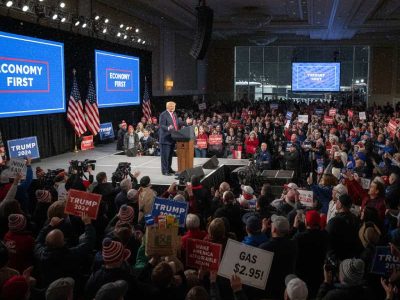Payam Javan: The U.S. economy added a much higher-than-expected 254,000 jobs in September, showcasing the resilience of the labor market. This far exceeded the consensus forecast of 140,000 jobs and reflected a significant increase from August’s revised figure of 159,000. The unemployment rate also dropped slightly to 4.1 percent, continuing its downward trend. Food services, health care, and government sectors led job growth, while manufacturing saw a decline of 7,000 jobs. Additionally, wages grew at a 0.4 percent monthly rate, contributing to the year-over-year rise in average hourly earnings by 4 percent.
Despite strong job growth, part-time employment declined, with full-time jobs increasing by more than 400,000 and a record number of individuals working multiple jobs. Foreign-born employment surged by 1.2 million, while U.S.-born employment fell. The labor force participation rate remained unchanged at 62.7 percent, and average weekly hours fell slightly to 34.2. Markets responded positively to the jobs report, with U.S. stocks and Treasury yields rising. The U.S. dollar index also climbed, indicating investor optimism about the economy’s strength despite inflationary concerns.
Economic experts have expressed cautious optimism, noting the robust job market but warning of potential inflationary pressures. The jobs report may influence the Federal Reserve’s decision on interest rates at its November meeting, particularly as rising oil prices and wages pose inflation risks. While the data offers no signs of an impending recession, analysts remain vigilant about how this employment strength will impact broader economic conditions in the coming months. A slew of labor data leading up to the report painted a mixed picture, with job openings increasing but wage growth for job-changers easing.









